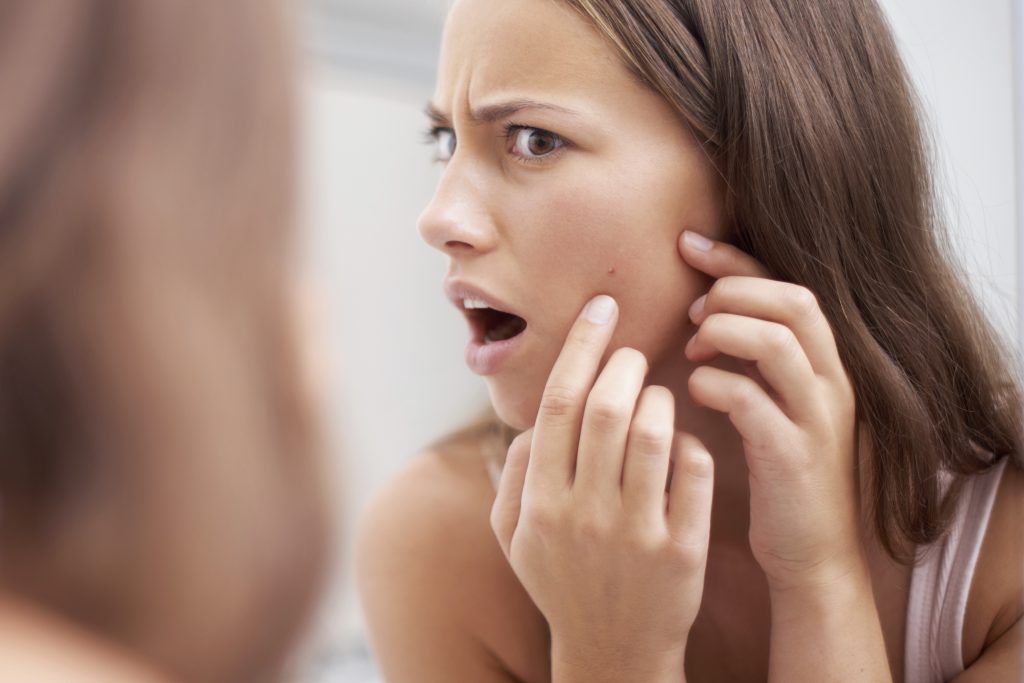Specialising in non-surgical treatments for problem skin, Jodie King, owner of Blyss Skin Clinic in Sydney’s Clovelly is the perfect person to talk about the issues associated with acne scarring. We ask her how she deals with this tricky skin problem.

Acne scarring is a problem for many people, what makes this type of scarring so difficult to treat?
Acne scarring can be difficult to treat due to textural changes in the skin, pigmentation, erythema and more importantly the depth of the scarring. The deeper the scarring the more difficult to treat, often we need to look at more than one modalities of treatment for improvement.
If you had a person with light scarring through your door, what treatment would you recommend?
We would recommend the MDerma stamp. The treatment is safer than laser treatments, especially on darker skin types, and works by stimulating new collagen fibres. Salicylic acid peels will also improve skin texture and the skins overall appearance.
What about more severe cases. What treatment would you recommend?
We would manage the patient’s expectation first. It is highly unlikely that they would have complete clearance – but we could improve the appearance. Depending on the depth of the scarring a course of medical needling at 1.5mm – 2mm, other options could be excision and subcision, dermal fillers or more ablative laser treatments depending on the patient lifestyle.

What ingredients are best for lightening acne scarring?
Salicylic acid and Vitamin A – both in clinic treatments and home care.
If there is pitting and dents in the skin, what treatment do you use?
We love the MDerma stamp. It is safe and very effective for any type of scarring and has been documented to have similar treatment outcomes to that of fraxel without the risks associated.
If there is acne as well as scarring, how do you tackle the issue?
Definitely treat the active acne first. In clinic we work with our doctor with different modalities. We would start the patient on Vitamin A, antibacterial cleanser and salicylic acid for home and begin a course of Salicylic acid peels as well as antibiotics if needed. We also look at the patients diet and start them on a paleo-like eating plan. Once the acne is under control, that is when we would start treating the scarring.
If acne continues to be a problem, what are some ways of keeping it at bay?
If after a period of treatment, at home care and prescription medication and diet review the acne continues to be persistent, we would refer to a dermatologist and continue on with acne treatments in clinic, while communicating with the dermatologist of treatment options.

What new technology is out there that has made tackling acne scarring easier?
The use of many modalities has seen an improvement on the way we treat scarring. Medical needling device – namely stamping devices that allow us to change the depth of the needles, as well as fractional lasers for scarring and the use of IPL or Nd:YAG systems for redness that is often residual from acne all have made tackling acne much easier. Also the introduction of no downtime peels such as Cosmedix Dermal peels using Vitamin A and lactic acid and salicylic peels to improve texture and pigmentation
If you could use only one piece of technology for acne scarring, what would that be?
MDermastamp!!

